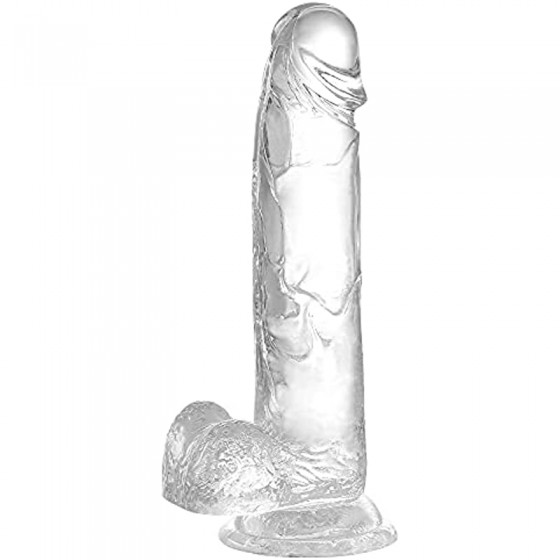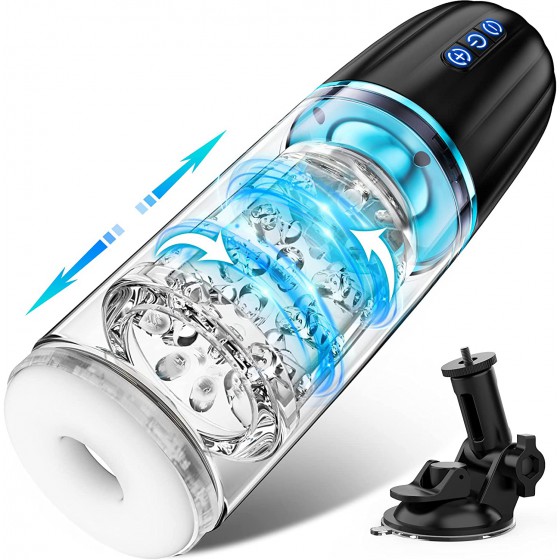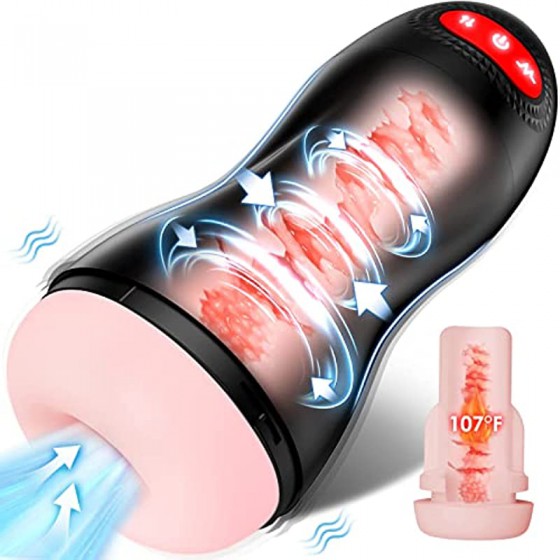How important is an egg? Master the 4 types of ovulation periods to get pregnant smoothly!
Now that our country is gradually aging, experts recommend relaxing the three-child policy. There are many elderly couples who have embarked on the path of pregnancy preparation, but have experienced many failures. If you want to get pregnant successfully, you need to master the regularity of ovulation so as to increase the pregnancy rate.
How important is an egg?
The largest cell in the body is the egg, which is produced by the ovaries. When a woman is still an embryo, there are about 6 to 7 million oocytes in her body around the 16th to 20th week of the embryo, and the follicles remain atretic during the fetal period. There are about 2 million eggs in the ovaries at birth, but only about 300,000 are left by puberty. During adolescence, the ovaries take turns ovulating every month. About 3 to 11 follicles begin to develop every month. After recruitment and selection, only one can mature and then be expelled from the follicle and turn into an egg. Approximately 400 to 500 eggs mature and are released in a woman's life. However, some factors can cause ovarian function to decline, thus affecting follicle development and release, such as genetics, bad living habits, and diseases. When there are no follicles in the ovaries, ovarian function fails, leading to menopause. Therefore, for women of childbearing age, every egg is precious and needs to be taken good care of.
How to know the ovulation period?
1. Calculation of menstrual cycle
Under normal circumstances, the menstrual cycle is 28 days, and ovulation occurs around 14 days before the next menstruation. Women must first understand the length of their menstrual cycles. Only when the menstrual cycles are regular or normal can they calculate the start time of the next menstrual period and thus the ovulation period. This method is suitable for women with normal menstrual cycles. However, the menstrual cycle is affected by many factors, such as mood, nutrition and environment.
2. Basal body temperature measurement
Women with a regular schedule can calculate their ovulation period by measuring their basal body temperature. When measuring, it is necessary to ensure that the body is in a still state, with at least 6 to 7 hours of sleep, and the body temperature is measured immediately after waking up every morning without any activity. This is the so-called basal body temperature. Mark the basal body temperature measured every day on the graph paper. As long as a woman ovulates regularly, the basal body temperature is generally lower than 36.5°C two weeks before ovulation, and can exceed 36.5°C two weeks after ovulation. The days when it rises are ovulation. period, but it needs to be measured for three months.
3. Ovulation test paper measurement
Ovulation test strips are now available on the market. The principle is to detect luteinizing hormone levels to assess whether ovulation has occurred. Usually 24 to 48 hours before ovulation, the luteinizing hormone in the urine can show a high peak, and a test strip test will show a positive result. However, morning urine cannot be used. It is best to measure between 10:00 and 21:00 in the morning. Try to use urine samples at the same time every day. Reduce the amount of water you drink two hours before measurement, because dilution can affect the peak detection of luteinizing hormone. ; The urine should be left for less than 15 minutes during the test; for women with regular menstruation, test 14 days before menstruation, and three consecutive days before and after menstruation. However, women with endocrine system diseases such as thyroid disease and ovarian cysts cannot use ovulation test strips, and women who are taking hormone drugs cannot use this method to avoid affecting the test results.
4. B-ultrasound monitoring
Women with regular menstrual cycles should go to the hospital to do B-ultrasound on the 10th to 12th day of menstruation. This method can understand the size of follicles. This method is very accurate. As long as the follicle diameter exceeds 1.8 cm, it means that the follicle is mature. At this time, intercourse can be arranged to increase the pregnancy rate. B-ultrasound monitoring is suitable for every woman, but it requires multiple visits to the hospital for examination.
Warm reminder
In fact, the simplest and most intuitive way is to go to the hospital for B-ultrasound monitoring to understand the size and development of the eggs. In addition, in order to achieve the purpose of prenatal and postnatal care, women need to maintain a regular schedule, have three regular meals a day, maintain moderate exercise and an optimistic attitude, so as to maintain egg health to the maximum extent.













